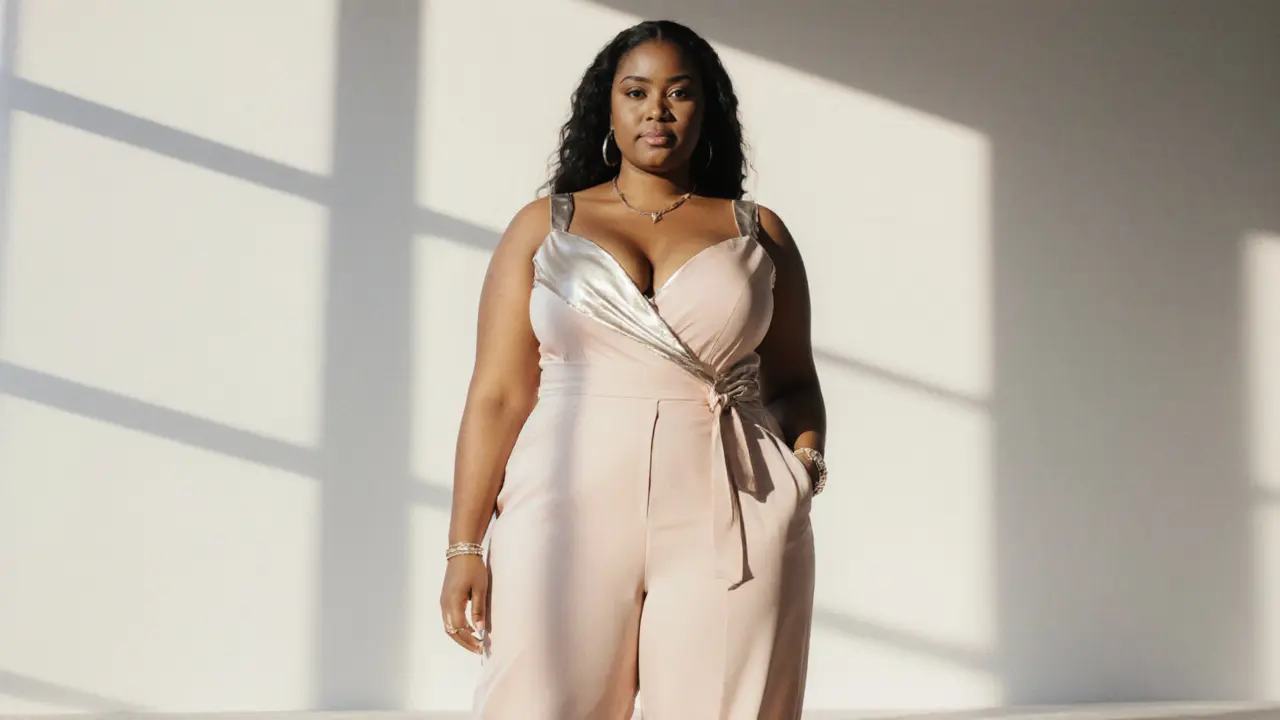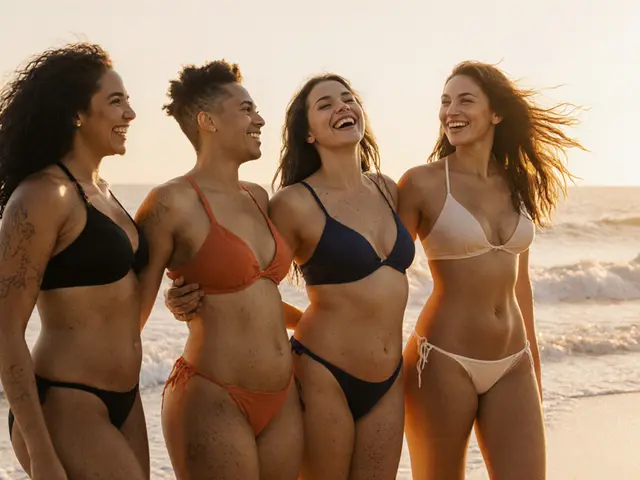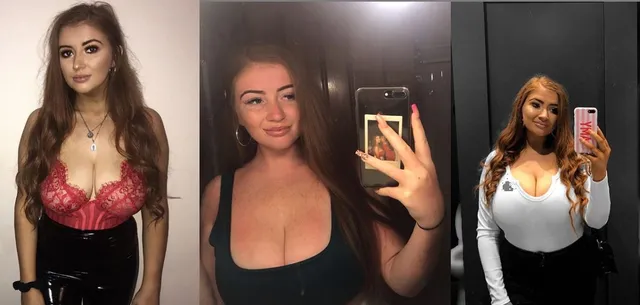Key Takeaways
- Curvy models are reshaping the fashion landscape by showcasing real bodies.
- Plus‑size modeling, body‑positivity movements, and inclusive brands create new opportunities.
- Top agencies now have dedicated curvy divisions, making it easier to get signed.
- Understanding booking steps, pricing norms, and safety tips helps you navigate the industry confidently.
- Curvy models and traditional models differ in market positioning, but both share core professional standards.
Direct Answer
If you’re wondering what curvy models are and why they matter, they are professional models who represent plus‑size and full‑figure bodies, working across runway, editorial, commercial, and digital campaigns. Their rise is driven by a global push for body positivity, diverse representation, and a market that finally wants to see every shape on the screen.
Comprehensive Guide to Curvy Models
Imagine flipping through a magazine and seeing a model who looks just like you-confident, stylish, and unapologetically curvy. That moment isn’t a dream any more; it’s happening daily thanks to a wave of change that started a decade ago. In this guide we’ll break down what curvy modeling means, where the work lives, and how you can step into the spotlight.
Definition and Context
Curvy Models are professional models who represent plus‑size and full‑figure body types, typically ranging from size 12 and above, in fashion, advertising, and media. They differ from the traditional runway archetype, which historically favored ultra‑slim silhouettes. The shift began when major brands like Aerie, Savage X Fenty, and ASOS launched inclusive lines, and social media amplified voices demanding representation.
Related concepts you’ll hear a lot include Plus‑size Modeling a sector of the industry focused on clothing and campaigns for sizes 12 and up, and Body Positivity a cultural movement that promotes acceptance of all body types. Both have become the backbone of today’s inclusive fashion narrative.
Benefits of Curvy Modeling
- Market relevance: Consumers now expect brands to reflect real bodies; curvy models boost sales and brand loyalty.
- Social impact: Seeing diverse bodies on billboards and catwalks challenges harmful beauty standards.
- Career longevity: Curvy models often enjoy longer careers because they aren’t limited by age‑related size expectations.
- Creative freedom: Brands are experimenting with bold prints, vibrant colors, and unique cuts that flatter fuller figures.
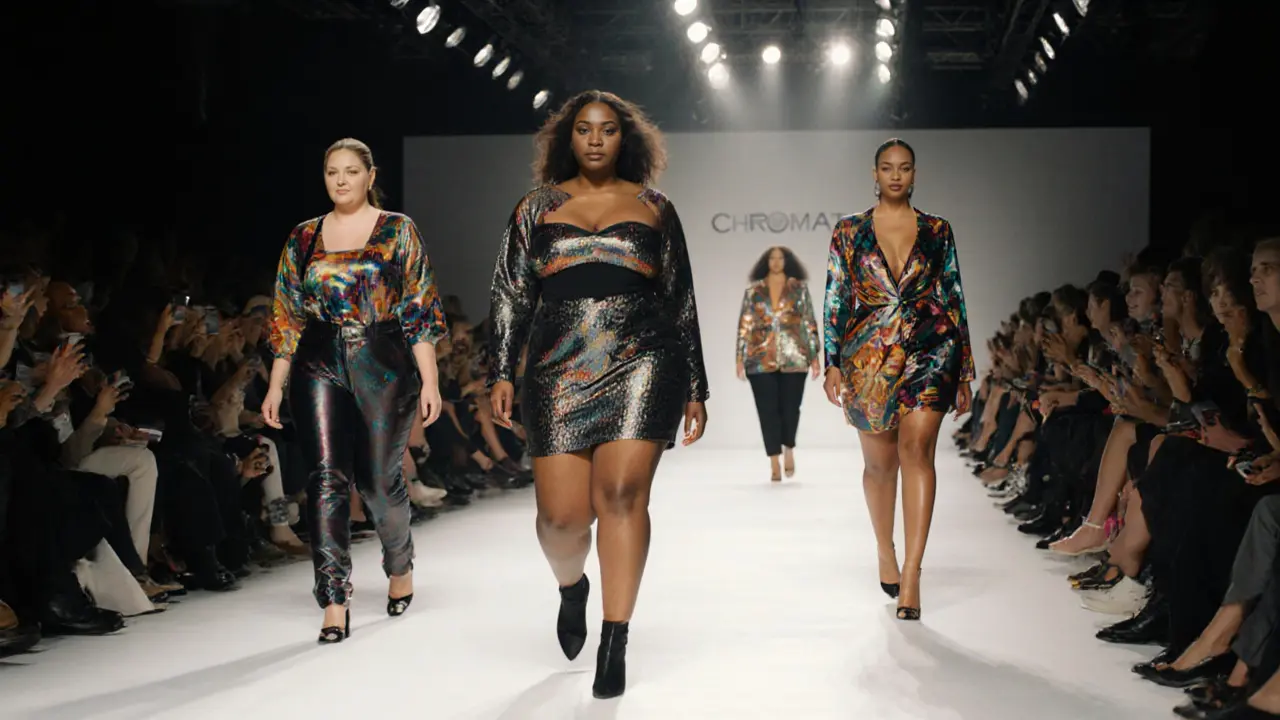
Types of Curvy Modeling Opportunities
Just like traditional models, curvy talent can work across several niches. Here’s a quick rundown:
- Runway Shows: Designers such as Chromat and Christian Siriano feature curvy collections during Fashion Weeks in New York, London, and Milan.
- Editorial Shoots: Magazines like Vogue Italia and British Vogue now run dedicated plus‑size spreads highlighting high fashion.
- Commercial Campaigns: Brands selling swimwear, activewear, and everyday apparel need curvy faces for catalogues and TV spots.
- Social Media Influencing: Platforms like Instagram and TikTok let curvy models build personal brands, partner with micro‑influencer campaigns, and earn through affiliate links.
Each segment brings its own vibe. Runways demand confidence and stage presence; editorial work leans on storytelling; commercial gigs focus on relatability; social media thrives on authenticity.
How to Find Curvy Modeling Opportunities
Finding work is easier than it used to be, but you still need a strategy.
- Specialized Agencies: Look for firms like IMG Models - Curvy Division or Julius Models - Plus‑Size. They have dedicated scouts and casting calls.
- Online Platforms: Sites such as Model Mayhem, The Fashion Spot, and Instagram hashtags #CurvyModel, #PlusSizeModel help you spot open calls.
- Direct Brand Outreach: Many inclusive brands post casting notices on their careers pages-sign up for newsletters.
- Networking Events: Attend fashion weeks, body‑positivity panels, and local meet‑ups. Connections often lead to unadvertised gigs.
What to Expect During a Booking
Once you land a job, here’s the typical flow:
- Briefing: The client sends a creative brief outlining mood, wardrobe, and target audience.
- Styling Session: A stylist selects outfits that flatter your shape; expect a fitting before the shoot.
- Hair & Makeup: Professionals will work with you to accentuate features while respecting comfort levels.
- Run‑through: For runway gigs, you’ll rehearse the walk, pace, and any choreographed moves.
- Shoot/Show: The main event-be ready for multiple takes, pose directions, and occasional outfit changes.
- Wrap‑up: Review final images, confirm usage rights, and collect payment according to the contract.
Pricing and Booking
Rates vary widely based on market, experience, and job type. Rough benchmarks for 2025:
- Runway: $500-$2,500 per show for emerging talent; top‑tier curvy models can command $5,000+
- Editorial: $300-$1,200 per spread; high‑fashion magazines pay upwards of $3,000.
- Commercial: $250-$1,000 per day; TV spots may include residuals.
- Social Media Partnerships: $100-$500 per post for micro‑influencers; macro‑influencers can earn $5,000+ per campaign.
Always request a written contract that outlines usage length, territories, and payment terms. The standard practice is 50% upfront, 50% on delivery.
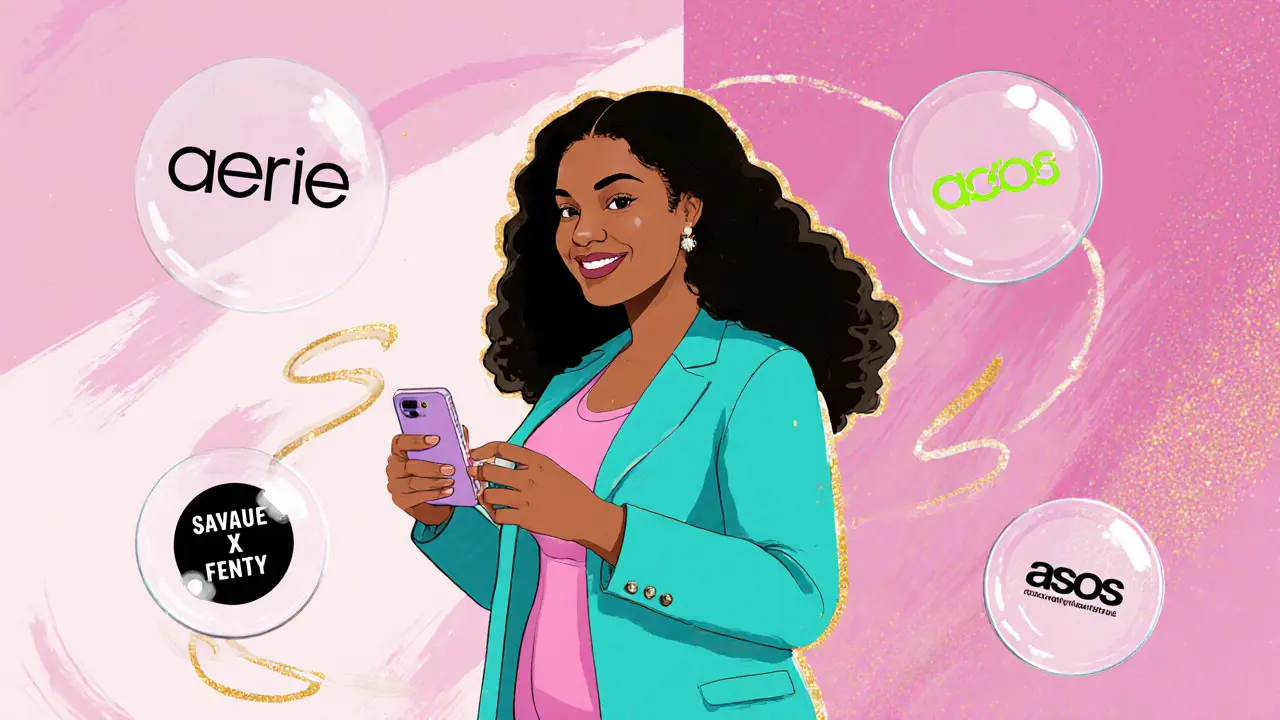
Safety Tips
- Read the contract carefully: Look for clauses on image rights, exclusivity, and termination.
- Know your boundaries: Communicate any nudity or pose limits before the shoot.
- Work with reputable agencies: Verify agency credentials and ask for references.
- Bring a trusted friend: For first‑time freelance gigs, having a companion on set can provide safety and support.
- Document everything: Keep emails, call logs, and signed releases for future reference.
Comparison Table: Curvy Models vs. Traditional Models in the Fashion Industry
| Aspect | Curvy Models | Traditional Models |
|---|---|---|
| Typical Size Range | Size 12-24 (US) | Size 0-6 (US) |
| Market Demand | Rapidly growing; strong social‑media presence | Established but facing calls for diversity |
| Runway Opportunities | Specialty weeks (e.g., New York + Curvy) and inclusive designer shows | Mainstream Fashion Weeks |
| Typical Rates (US) | $500-$5,000 per event | $1,000-$10,000 per event |
| Body‑Positivity Alignment | Core brand message | Often ancillary |
Frequently Asked Questions
What size qualifies as a curvy model?
In the U.S., most agencies consider size 12 and up as curvy. Internationally, the metric shifts to 44EU and above, but each market has its own standards.
Do I need an agency to get curvy modeling jobs?
While agencies open doors to high‑profile runway and editorial work, many brands now hire directly via Instagram DMs or online talent platforms.
How can I build a strong portfolio as a curvy model?
Focus on versatile looks: high‑fashion editorial, commercial lifestyle, and activewear. Collaborate with photographers who value diversity, and curate images that highlight confidence and personality.
What are typical earnings for curvy models on social media?
Micro‑influencers (10k‑50k followers) often earn $100‑$500 per sponsored post, while macro‑influencers (250k+ followers) can command $5,000‑$15,000 per campaign.
Are there safety concerns specific to curvy modeling?
The same basics apply-clear contracts, respectful creatives, and a trusted support person. Additionally, be alert for agencies that exploit body‑image insecurities; reputable firms celebrate your shape, not penalize it.
Ready to Step Into the Spotlight?
If you’ve been waiting for the right moment to showcase your curves, now’s the time. Start building your portfolio, reach out to a curvy‑friendly agency, and let the industry see the confidence you bring. Your next runway, photo shoot, or brand partnership could be just a DM away.

